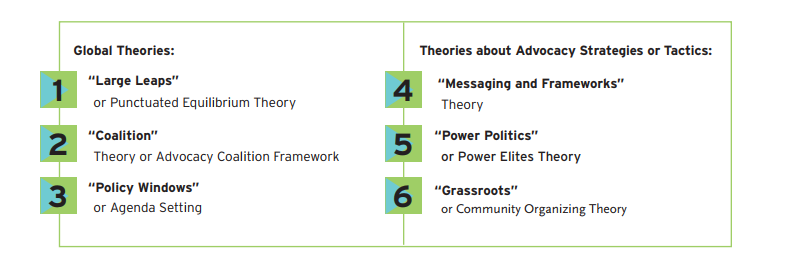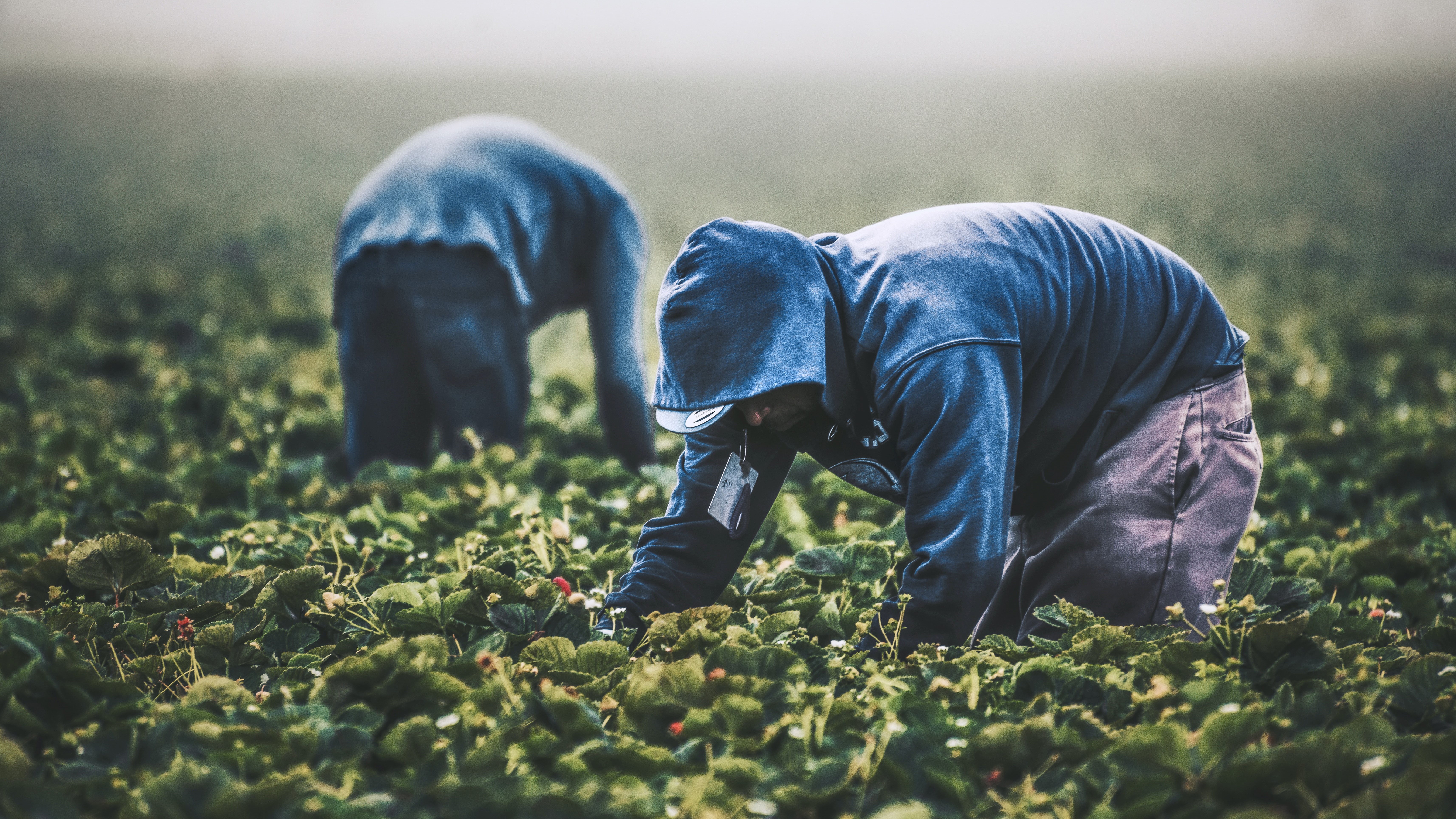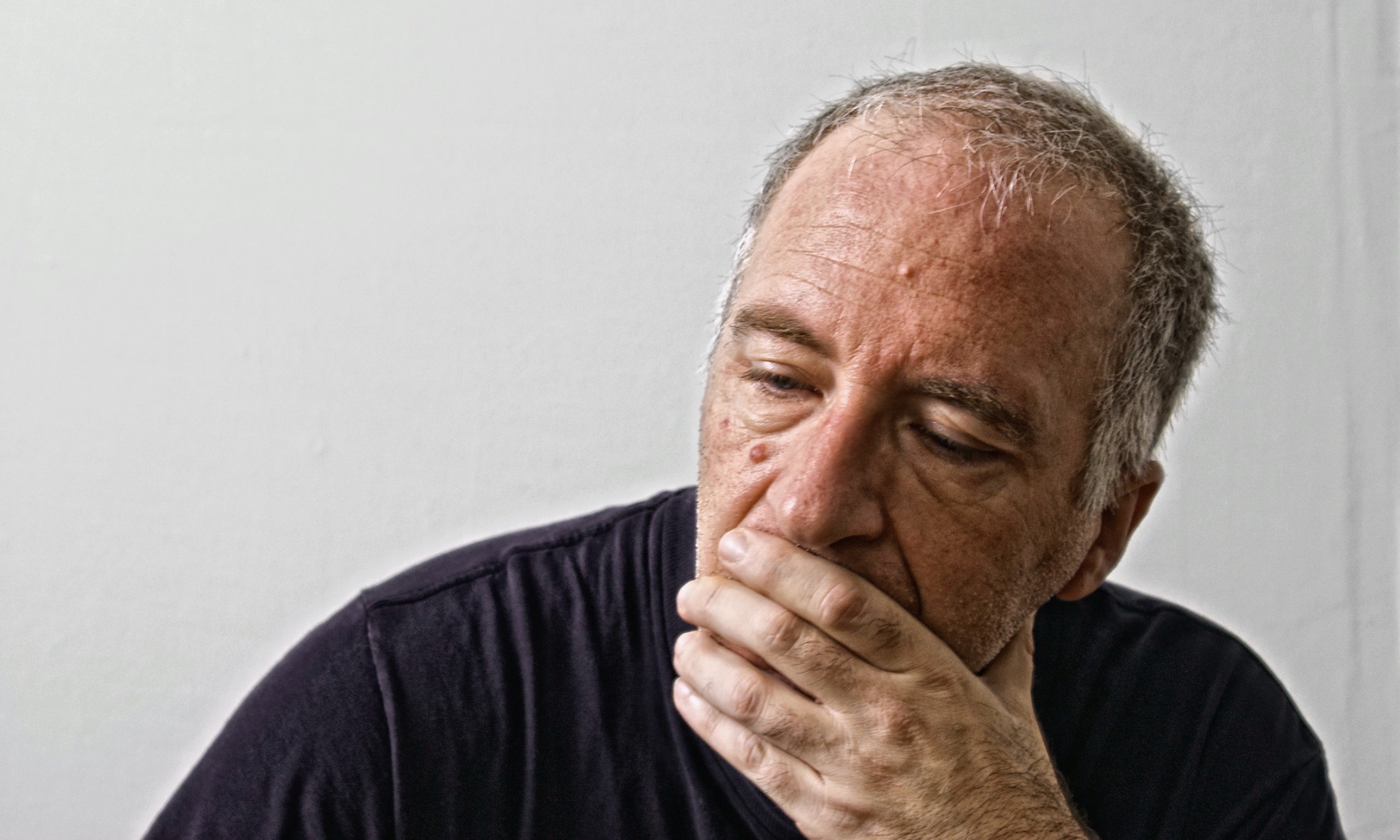Pathways to Change: Six Theories about How Policy Change Happens is a must-read for anyone who wants to better  understand the public policy process and how to impact it. Author Sharon Stochowiak outlines six common theories or pathways for policy change – summarizing some underlying assumptions; typical activities and outcomes; and, some tips on practical applications for each theory.
understand the public policy process and how to impact it. Author Sharon Stochowiak outlines six common theories or pathways for policy change – summarizing some underlying assumptions; typical activities and outcomes; and, some tips on practical applications for each theory.
The six theories are:
- Large Leap Theory – Like seismic shifts, significant changes in policies occur when the right contextual conditions are in place (e.g., the battery of new policies and regulations to reduce the practice of drinking and driving that emerged when pressure for action by police services, politicians and the courts).
- Coalition Theory – Policy change happens through the coordinated activity among a range of individuals with the same core policy brief (e.g. When a coalition of agencies encouraging a city to adopt an urban food policy).
- Policy Windows – Policy changes occur when advocates are able to effectively define a problem, possible solutions, and/or shape or take advantage of the contextual factors that encourage “action” on the problem (e.g. the recent “window” to regulate gun ownership in the United States that emerged after the horrible incidents of gun violence).
- Messaging & Frameworks – Policies change when advocates frame or present issues and policy options in a way that reflects the worldview and preferences of decision-makers (e.g. encouraging a Provincial Government concerned about a tight labour market to support the policies that strengthen early learning and care programs as way to encourage more parents to participate in the workforce).
- Power Politics (Power Elites Theory) – Policy changes are more apt to occur when advocates develop relationships and work with those in positions of power and influence (e.g. working with oil and gas companies to develop policies that balance resource development and environmental sustainability).
- Grassroots (Community Organizing Theory) – Policy change happens when those people directly affected by an issue work together to address that issue, including pressuring decision-makers to change specific policies (e.g. residents of an inner-city neighborhood organizing to pressure a municipality to change a policy that encourages suburban traffic to move quickly (and dangerously) through their streets).
Stochowiak makes the compelling case that having a good theory of change can improve advocates’ probabilities of success and has provided a valuable resource for would-be change makers.





